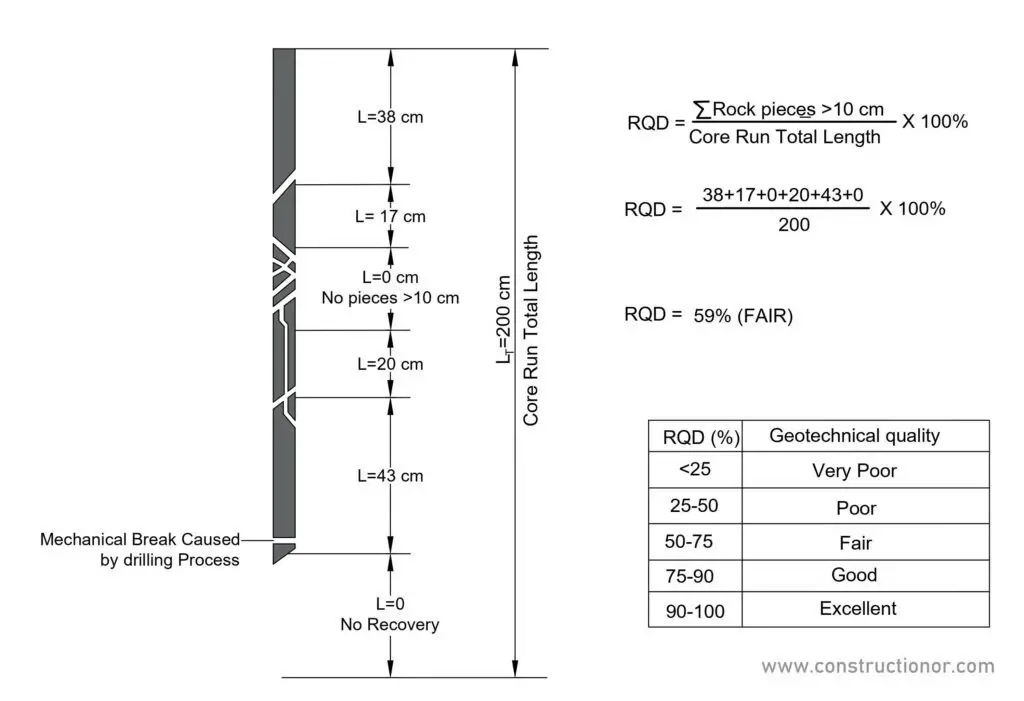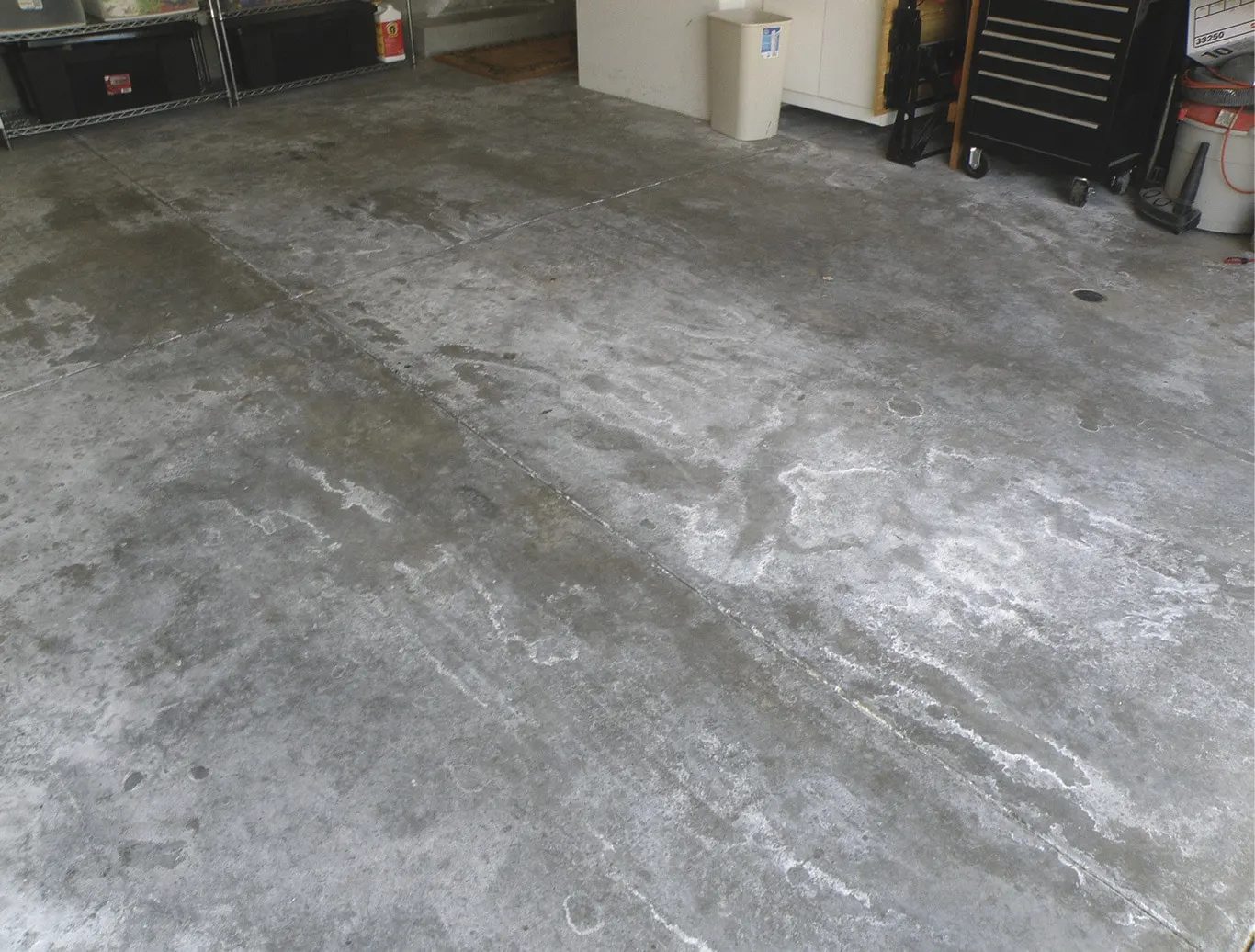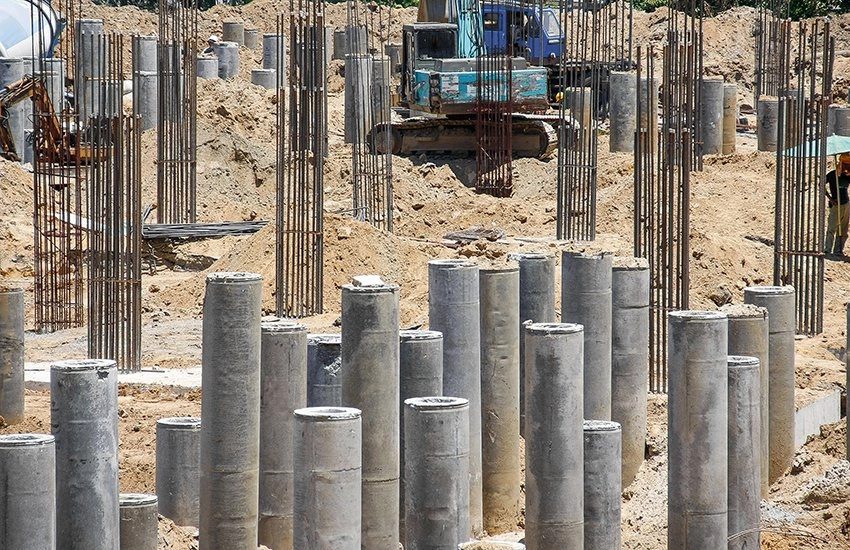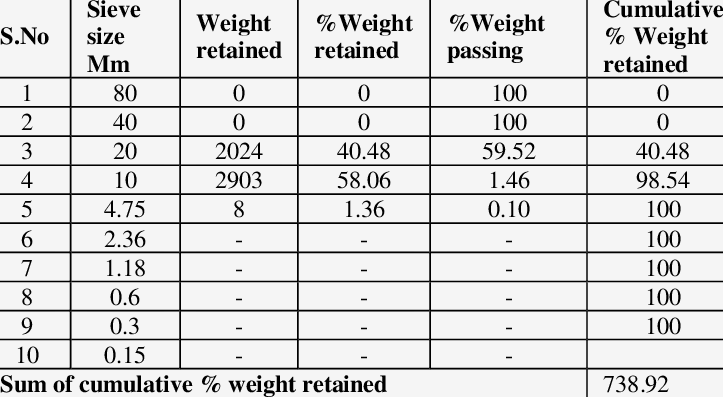Concrete retarders are the mixture that slows down the chemical process of hydration so that the concrete remains plastic and workable for a long time, retarders are used to overcome the accelerating effect of high temperatures on establishing the properties of concrete in hot climates.
Here we will learn about concrete retarders, types of retarders & much more.
Introduction to concrete retarders:
In ready mixed concrete practices, concrete is manufactured in a central batching plant and transported over a long distance to the job sites which may take considerable time.
In this cases the setting of concrete will have to be retarded, so that concrete when finally placed and compacted in the perfect plastic state.
Why retarders are preferred:
- It increases the setting time of concrete.
- It improves the workability of concrete.
- The appearance of the concrete is greatly improved.
- Drying shrinkage and creep rate are also increased.
Types of retarders in concrete:
Retarders are divided into 2 categories depending on the nature of the retarders.
1.Organic Retarders:
- Lignosulphonates.
- Hydroxycarboxylic acids and their salts.
- Phosphonates.
- Sugars.
2.Inorganic or Chemical Retarders:
- Phosphonates.
- Borates.
- Salts of Pb, Zn, Cu, As, Sb.
Effect of Retarders on concrete:
1. Strength:
Initial compressive strength of concrete is less than uniform concrete’s compressive strength
2. Practicality and rational value:
Retarders have a small effect on the practicality of concrete, they cause initial deceleration to increase by 60–100 mm.
3. Slump Loss:
To reduce the slump loss and increase initial functionality, retarding admixtures has been shown to be very effective.
Concrete retarders is very efficient in decreasing slump loss and rising the preliminary workability.
4. Air Entrainment:
Inhibitors don’t usually enter the air however there are some types of retarders.
In particular, depending on hydroxycarboxylic acids, these can actually reduce air content.
5. Freeze-thaw cycle:
Mixtures that enter the air are typically used to increase the freeze-melting resistance of concrete.
6. Bleeding:
Since the setting process is delayed, the retarder components are always prone to bleeding.
7. heat of Hydration:
Penetration does not reduce the heat production of concrete, although the peak temperature increases, causing the concrete to turn into concrete.
8. Volume Distortion:
Creep and drying shrinkage should not be affected by the addition of retarders, however plastic shrinkage may increase slightly.
9. Durability:
If the concrete is properly cured, the dim concrete should be as durable as flat concrete.
Advantages of Concrete Retarders:
- Retarders extend the setting time of the concrete and maintain the functionality & consistency for extended periods of time.
- In large construction projects, a concrete retarder prevents the formation of cold joints in gradual lifts and makes the concrete workable.
- Using retarders, you can compensate for the accelerated impact of high temperatures towards the initial setting time and reduce the risks of long-distance delivery in hot weather.
- The use of a retarder improves the permeability of concrete by improving the delayed setting period and the workability of the concrete.
- Concrete retarder reduces isolation and bleeding, in which poor sand grading is unavoidable.
Disadvantages of Concrete Retarders:
- Concrete retarders may be used with water to avoid cracks and bleeding.
- Depending on its water-cement ratio, cement content, and the amount of C3a in the cement, the dose of retarder admixture should be within the limit.
- Concrete retarders can undergo variable action on different types of cement when used in varying quantities.
Uses of Concrete Retarders:
- Most commonly used in concrete in the summer season.
- The retarders sprayed on the surface of the formwork, prevent hardening of the matrix at the interface of the concrete and formwork, while hardens the rest of the concrete.
- Retarders are used for large-scale construction work & gritting oil wells.
- It is often used in concrete have to be placed in difficult conditions, delay in transporting and placing.
- Also used for pouring consolidation castings without the formation of cold joints, also used in grouting oil wells.
- For all these works cement grout is required to be in mobile condition for about 3 to 4 hours, even at that high temperature without setting.
Also read: Concrete Mixer, Concrete Vibrator & Concrete Grinder
Conclusion:
Concrete Retarder delayed hydration of cement, a large number of pours and castings are consolidated without forming cold joints.










Thank you for your sharing about retarder in concrete
hi dear
thank you for the information that you give me.